| Coad | 671418 | Type | Spatial Light Modulator | |
| Panel Size (mm) | 15.36 x 8.64 | Wavelength(nm) | 350 - 500 | |
| Refresh Rate (Hz) | 60 | Panel Reflectivity (%) | >90 | |
| Controller Dimensions | 121.0 x 73.0 x 22.0mm | Signal Format | HDMI – HDTV | |
| Pixel Pitch | 8.0μm | Resolution | 1920×1080 | |
| Response Time (Rise/Fall) | 37ms / 44ms@355nm;35ms / 41ms@450nm | Fill Factor | 0.93 | |
| Reflected Wavefront Error | - | Zero-Order Diffraction Efficiency | - | |
| Grayscale | 8bit | Phase Depth | 5.2π@355nm;4.9π@405nm;4.0π@450nm;3.5π@480nm;3.2π@520nm | |
| Chip Type | LCoS | |||
A spatial light modulator (SLM) is an active device that leverages optical effects such as electro-optic, acousto-optic, magneto-optic, and photorefractive effects to dynamically modulate the optical parameters of a light field — including amplitude, phase, and polarization state — while encoding information to facilitate light field control.
The LBTEK spatial light modulator is based on reflective liquid crystal on silicon (LCoS) microdisplay technology. By means of electrical signal control, it enables pixel-level addressable free-phase modulation on the LCoS surface, allowing the generation of arbitrary two-dimensional phase patterns. The accompanying GUI software allows adjustment of the SLM’s phase response at different wavelengths and provides functions such as image input, dynamic display, and computer-generated holography. Additional operating modes can be found in the product manual.
The spatial light modulator provided by LBTEK consists of a driver with a standard digital video interface (HDMI) and a pure-phase LCoS microdisplay with a resolution of 1920×1080 and a pixel pitch of 8 μm. It is a device that utilizes the birefringence principle of liquid crystals to perform real-time phase modulation of light (and can also achieve amplitude modulation or a combination of both). The driver addresses the phase function through the HDMI interface and communicates with the PC via USB. A configuration manager on the PC side can be used to load new gamma curves or other digital driving schemes to modify geometric settings, brightness, contrast, and electro-optical response. In addition, the driver features a trigger synchronization output, allowing the device to be synchronized with external equipment.
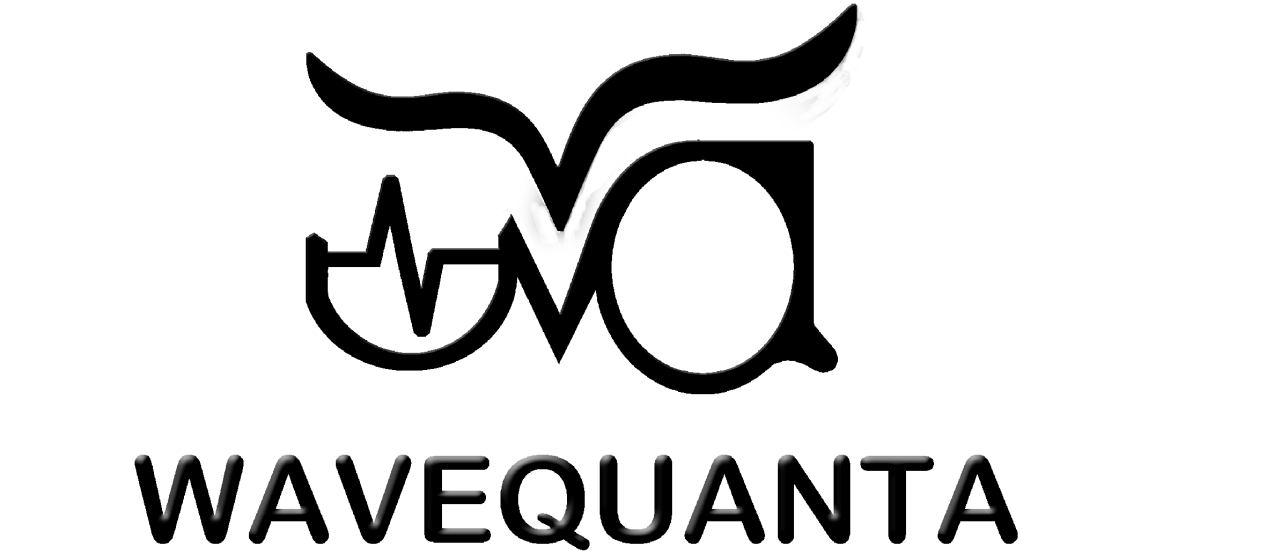



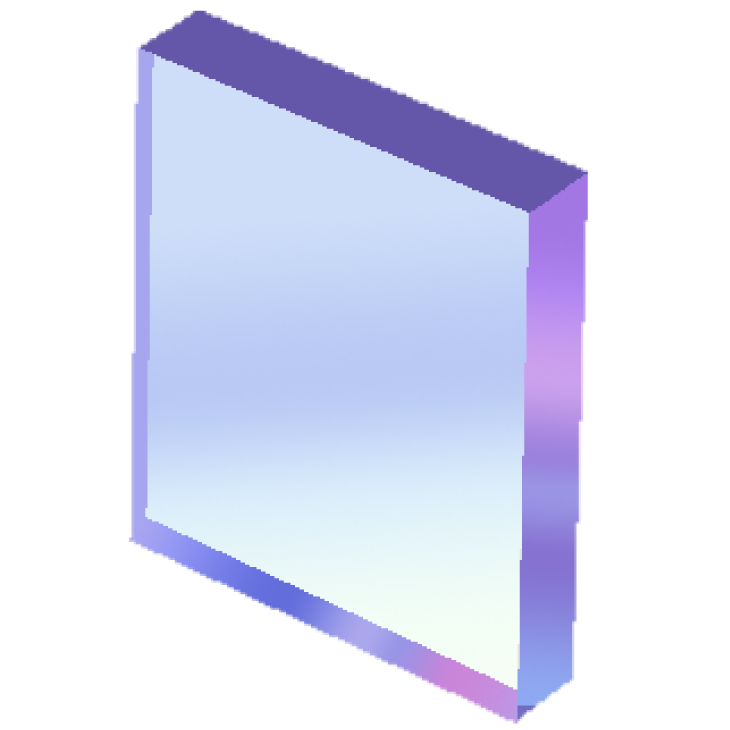
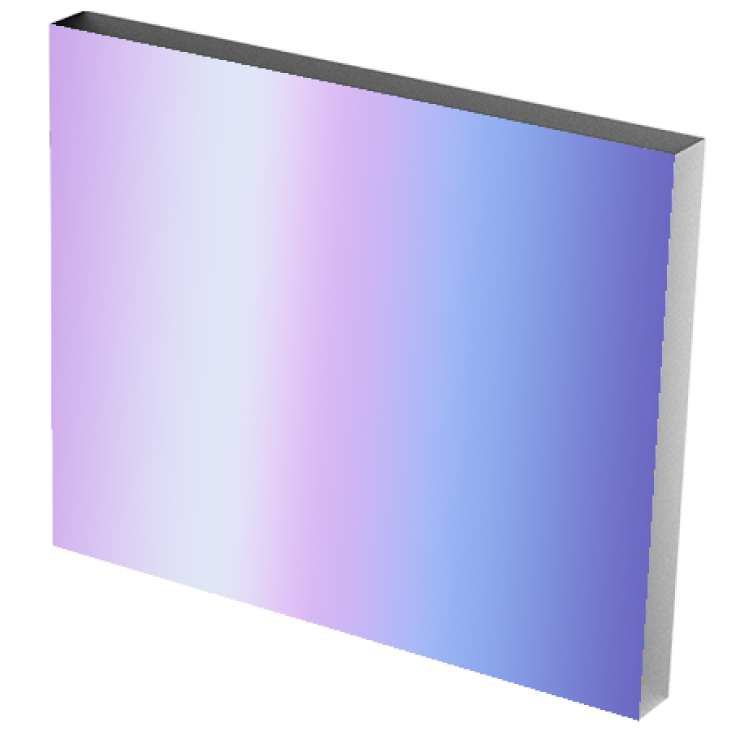





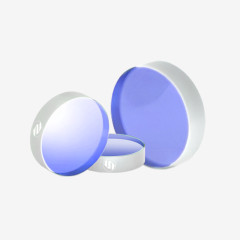
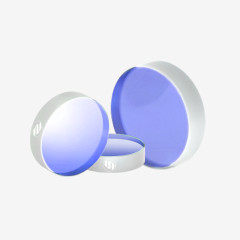
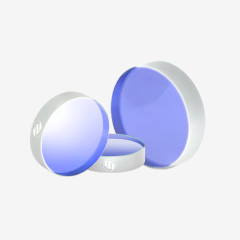
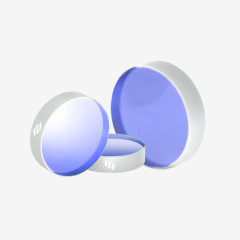

Product evaluation
%High praise
There are comments